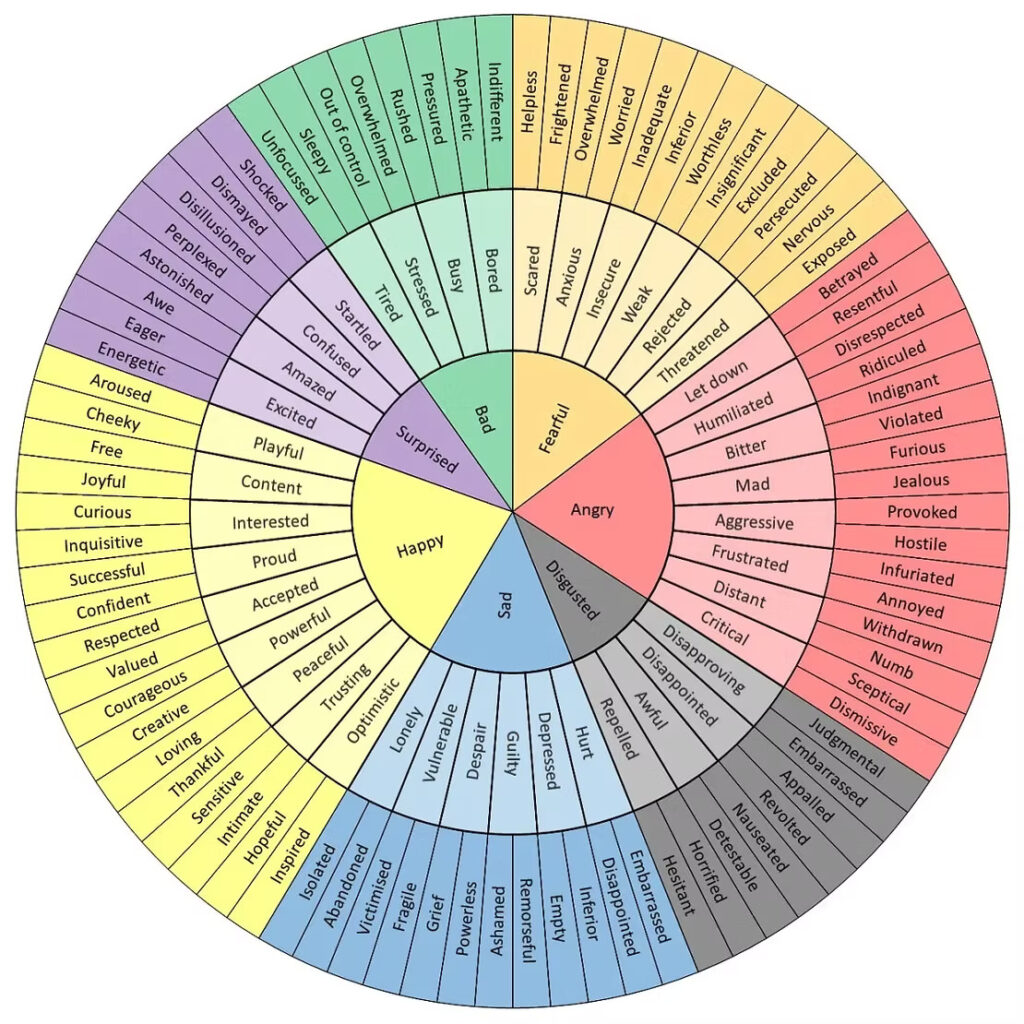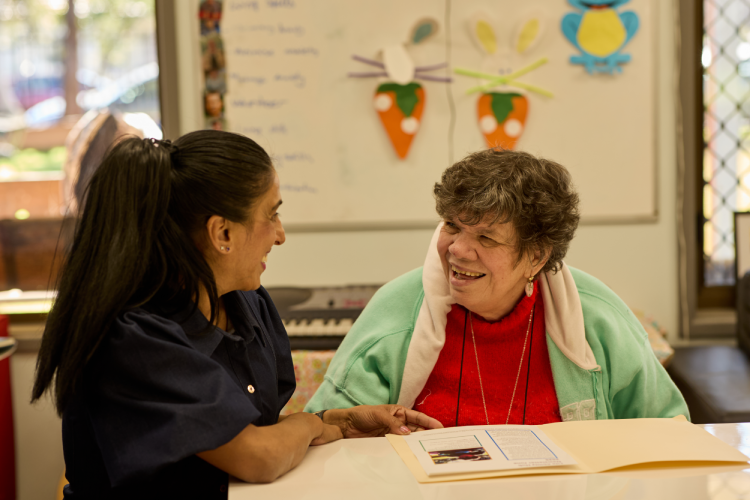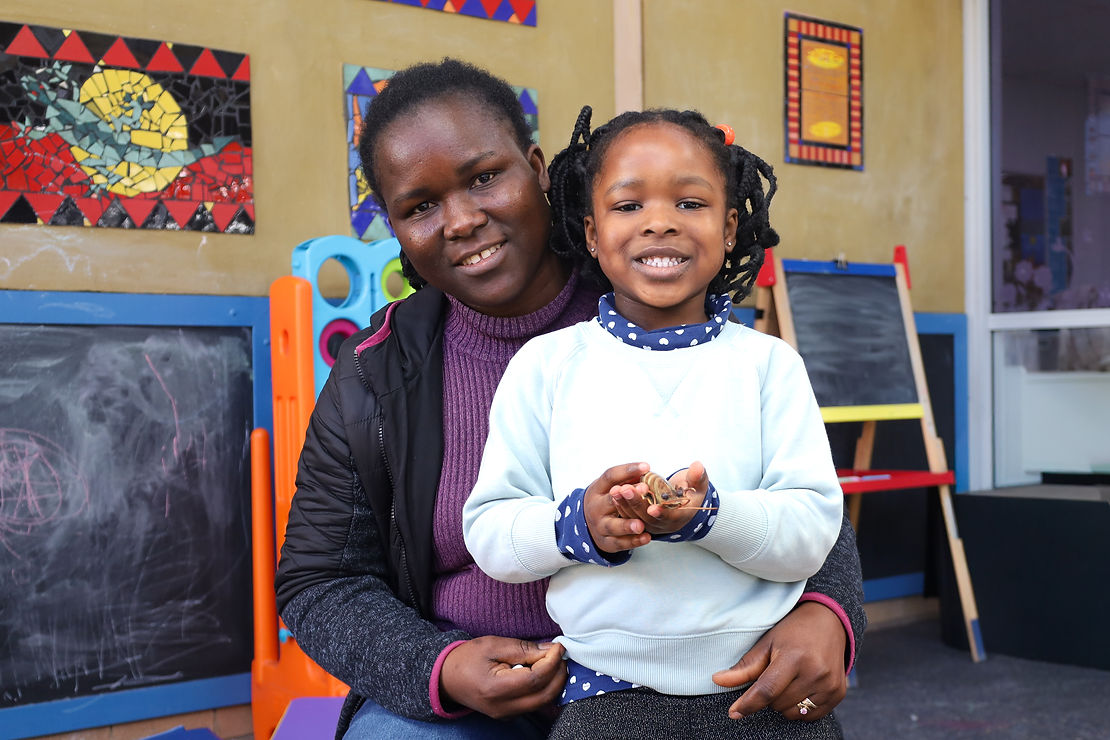Understanding emotions is an important part of looking after your mental and emotional wellbeing. Emotions have always served a purpose, whether it’s smiling when we’re happy or the ‘fight or flight’ feeling that warns you of danger. But having evolved past the point of physical threats, why do we still have reactions akin to immediate risk?
Sometimes, our brain reacts to everyday stress as though it’s a real threat. The part responsible for ‘fight or flight’ can’t always tell the difference between actual danger and challenges like school, work, or relationship pressures. This can cause us to feel panicked even when we’re safe. This can be scary because your brain is reading non-life-threatening situations as actual threats.
The purpose of emotions hasn’t changed but our environment has. Today, we can access tools and resources to better understand our feelings, our reactions, and ourselves.
Your body reacts before your mind knows why
Step 1: Take a moment to pause
When emotions take over, one of the most powerful things you can do is pause. This helps shift your body out of stress mode and gives you a moment to check in with yourself.
Ask yourself:
How does my body feel?
Is my heart racing?
Do I feel hot, warm, or tense?
Do I feel it in my chest, back, head, or somewhere else?
Every feeling has a name, and identifying it can help you regulate it. Knowledge is power – and we empower ourselves by learning and improving. The more you practise naming your feelings, the easier it becomes to understand and manage them.
The Emotional Word Wheel is a great tool for this:

- Core Emotions (centre wheel): Find the main category (e.g., angry).
Secondary Emotions (middle ring): Narrow it down (e.g., angry > frustrated).
Tertiary Emotions (outer ring): Pinpoint the exact feeling (e.g., angry > frustrated > annoyed).
Don’t forget, understanding emotions happens over time with practice. If you find it difficult to ground yourself, identify sensations, or name feelings, keep trying. Every small step helps you respond more thoughtfully rather than react impulsively.
You don’t have to figure this all out on your own. At Community First Step, we offer programs that help children, young people, and families understand emotions and develop healthy ways to express them.
Tuning into Kids: Helps parents strengthen connections with their children by recognising, responding to, and talking about emotions in everyday life.
Youth Workshops (e.g., RAGE – Renegotiating Angry and Guilty Emotions): Provides young people with practical strategies to manage strong feelings, navigate conflict, and build emotional resilience.







